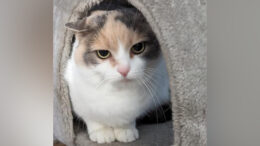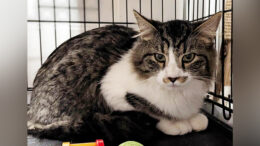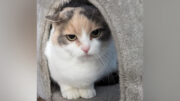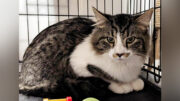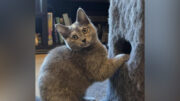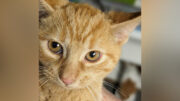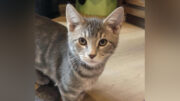There is something wonderful about growing for pollinators. It’s a hopeful feeling seeing a host of insects, free from pesticides, doing their job. That’s the most important rule for this type of planting, no chemicals.
I’ve been an organic gardener for more than 30 years, so the recent focus on growing for pollinators is great, as it brings attention to the plight of all the good bugs. European honeybees get a lot of the press, but our native bees and other pollinators, such as butterflies are struggling, too.
My view of weeds has completely changed over the past decade or so, as they can help. If I like the way it looks, now I call it a flower. My two favorites are jewelweed and common dayflower. The jewelweed is actually a type of impatiens and attracts lots of good bugs. The dayflower has sky blue blooms, and who doesn’t want blue in the garden?
Leaving a wild patch in the corner of the garden is a great way to attract the good guys. Not only will they pollinate flowers and crops, many will eat the bad bugs, making our life a little easier in the garden.
There are lots of other plants that will help and attract beneficial insects. Years ago, Organic Gardening Magazine tested a bunch of herbs and found dill to be the best for getting the good bugs in the garden.
It’s easy to grow, could be started right now from seed and once you have dill, you’ll always have the herb as it reseeds easily.
Butterfly weed is a perennial from the milkweed family that is both beautiful and functional. Milkweed is the only host plant for the monarch butterfly, another insect in trouble. The butterfly weed also serves many other insects, too.
Garlic chives are easy to grow, tasty and provide lots of pollen for bugs. They start blooming in late summer with beautiful pure white flowers. They throw seeds at the end of the season like crazy and make plenty more plants for next year’s garden.
Coneflowers are indestructible sun lovers that come in a variety of colors. Single flowers are the type to plant for the pollinators as it’s difficult to access the pollen on doubles. After coneflowers bloom, deadhead them, give them water and fertilizer, and more flowers should come.
Monarda or bee balm is a fragrant perennial that bees, butterflies and other insects can’t resist. Treat it like the coneflower to extend the bloom season.
Perennial sunflowers will bloom year after year for decades. They are tough, pretty and the insects will love you for growing them.
Zinnias, marigolds, cosmos, lantana and daisies are all great for the job and on sale now at nurseries.
Feel good about the garden, forget the sprays and welcome the pollinators.
Doug Oster is editor of Everybody Gardens, a website operated by 535Media, LLC. Reach him at (412) 965-3278 or doster@535mediallc.com. See other stories, videos, blogs, tips and more at everybodygardens.com.










